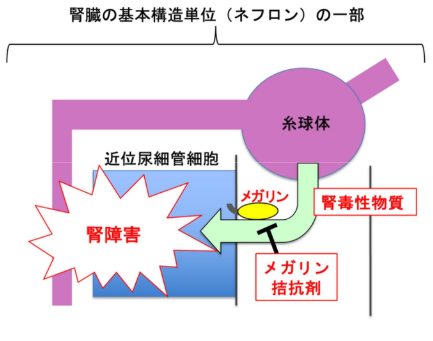2024-05-22 マックス・プランク研究所
<関連情報>
- https://www.mpg.de/21966809/0523-ornr-finding-the-beat-of-collective-animal-motion-987453-x
- https://www.nature.com/articles/s41467-024-48458-z
集団運動における一対の時間的結合の基礎となるメカニズムと機能を明らかにする Revealing the mechanism and function underlying pairwise temporal coupling in collective motion
Guy Amichay,Liang Li,Máté Nagy & Iain D. Couzin
Nature Communications Published:22 May 2024
DOI:https://doi.org/10.1038/s41467-024-48458-z

Abstract
Coordinated motion in animal groups has predominantly been studied with a focus on spatial interactions, such as how individuals position and orient themselves relative to one another. Temporal aspects have, by contrast, received much less attention. Here, by studying pairwise interactions in juvenile zebrafish (Danio rerio)—including using immersive volumetric virtual reality (VR) with which we can directly test models of social interactions in situ—we reveal that there exists a rhythmic out-of-phase (i.e., an alternating) temporal coordination dynamic. We find that reciprocal (bi-directional) feedback is both necessary and sufficient to explain this emergent coupling. Beyond a mechanistic understanding, we find, both from VR experiments and analysis of freely swimming pairs, that temporal coordination considerably improves spatial responsiveness, such as to changes in the direction of motion of a partner. Our findings highlight the synergistic role of spatial and temporal coupling in facilitating effective communication between individuals on the move.


